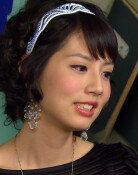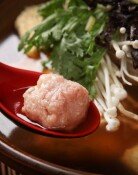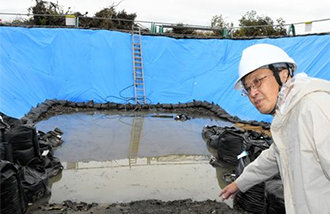[Opinion] Domesticating Historic Landmarks
[Opinion] Domesticating Historic Landmarks
Posted October. 19, 2004 23:07,
The castles and palaces of the West are alive. They are living, breathing spaces, serving as residents for kings and queens, princes and princesses, or frequented by the public as museums and memorial halls. By contrast, Korean palaces are dead spaces. After the fall of monarchy, the royal family itself disappeared into the shadows of history, burdened with the shame of having lost the country to the Japanese. Although there are five large palaces within Seoul, they become utterly deserted when sightseeing hours are over. In Rome, London, and Paris, the long, illustrious history of empires, their glories and their disgraces, still remain, but in Seoul, all that lingers is the lifeless ghost of the Joseon Dynasty and its five turbulent centuries.
A historical asset untouched by human hands and human warmth is nothing but an antique. What is interesting, of course, is that protection from the potential taint of human hands does not guarantee that the asset or landmark will be better preserved. Wooden structures and musical instruments reputedly keep better when they are exposed to human hands and breaths. We see the same principle apply to a lot of things. Even a ramshackle straw hut can last for hundreds of years with someone caring diligently for it, but an enormous mansion falls rapidly into dilapidation once its residents abandon it.
On the afternoon of October 19, at Kyeonghoe-ru (national treasure no. 224) in Gyeongbok Palace, a simple but significant event took place. It was a floor reconditioning ceremony, in anticipation of the buildings upcoming reopening to the general public 40 years after such access had been barred. Participants took up brooms and mops, carefully dusting and cleaning the floors. Kyeonghoe-ru will be opened to the public as early as next January, and the second floor will be opened for feed viewing on a limited basis, through internet reservations. Its the second of such forbidden places to throw open its doors, after the secret gardens of Changdeok Palace.
Kyeonghoe-ru was constructed in the 12th year of Taejongs reign (1412) and renovated in the fourth year of Gojongs reign (1867). The building covers an area of 290 pyongs, standing amid a pond measuring 4,375 pyongs, and is the largest elevated palace structure in the country. Whereas Geunjeong-jeon was the kings hall of state, Kyeonghoe-ru was a place for meditation and rest, and for happy meetings between the monarch and his subjects. The late Choi Soon-woo, famed for his aesthetic appreciation of Korean beauty, once cited the 48 granite pillars that support Kyeonghoe-ru as the pinnacle of Korean traditional architecture. The view of Inwang Mountain in late fall, commanded from the buildings upper story, is also celebrated as the most spectacular prospect in Seoul.
Oh Myeong-cheol, Editorial Writer. oscar@donga.com







